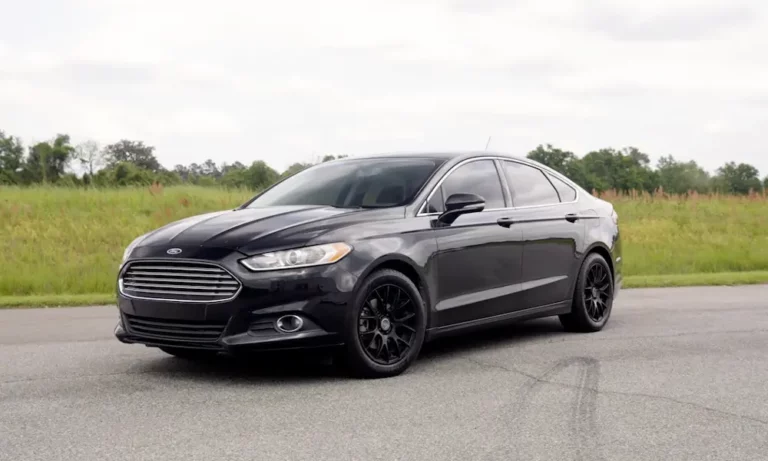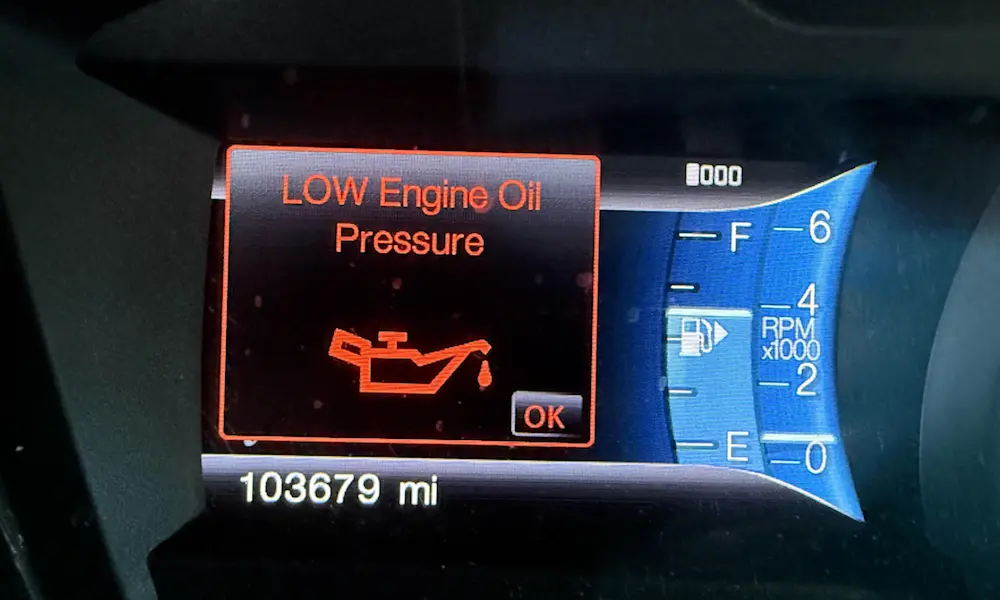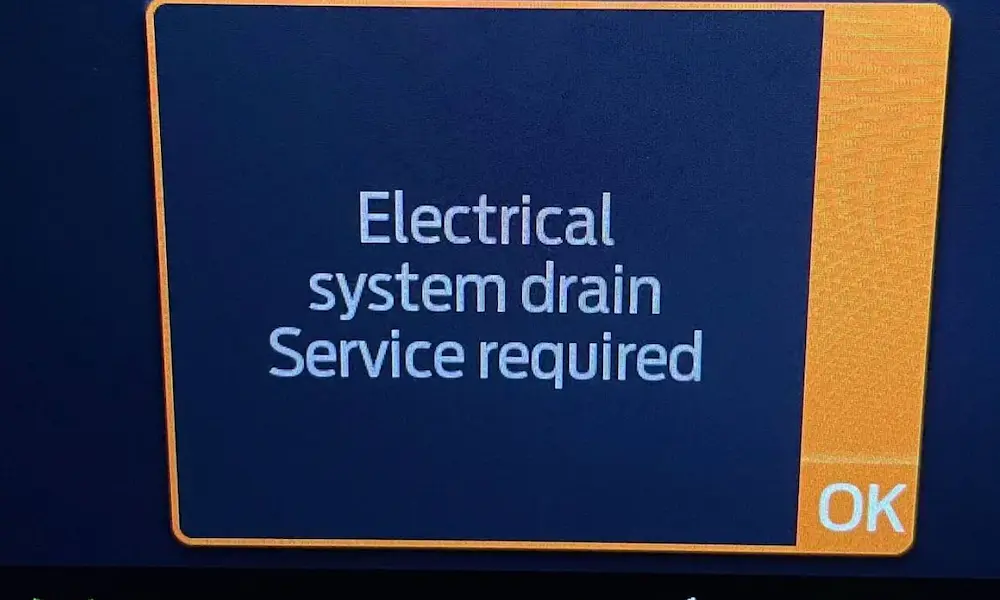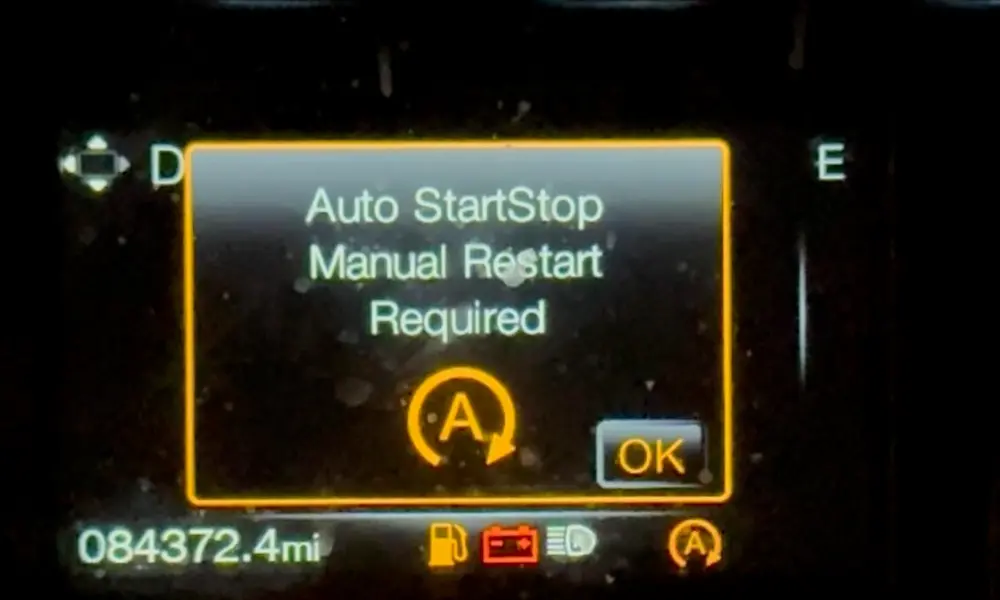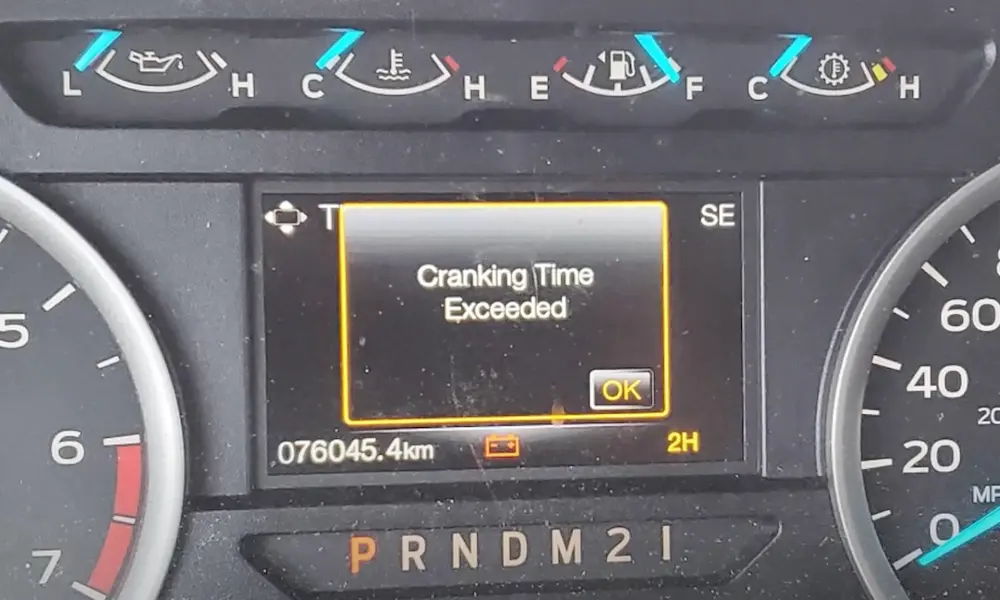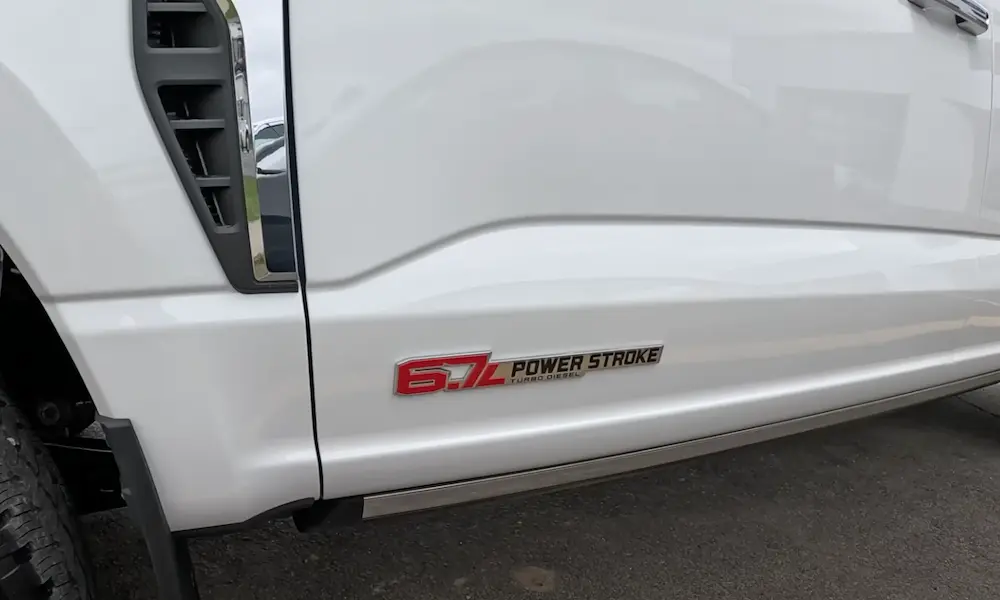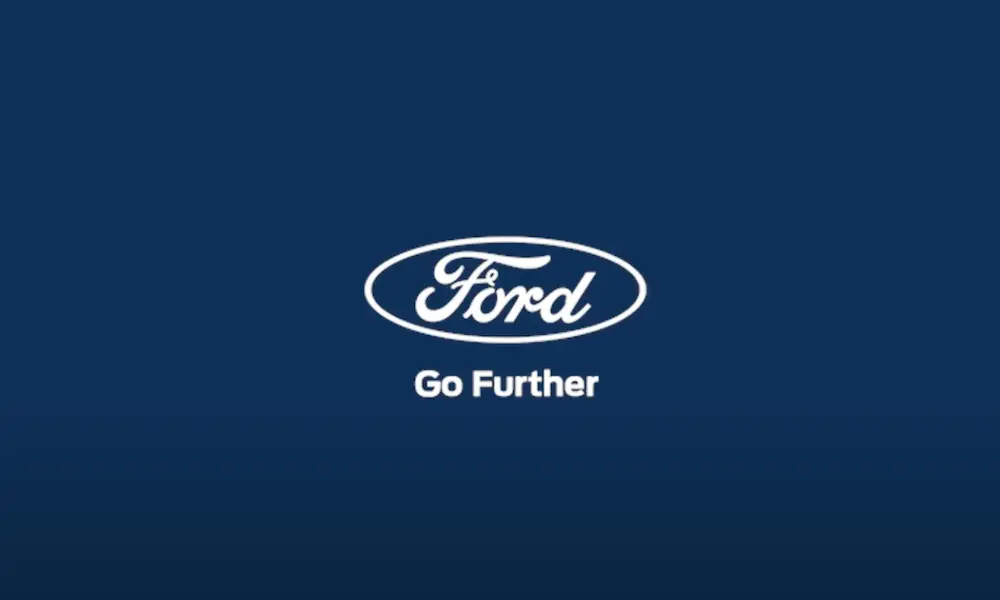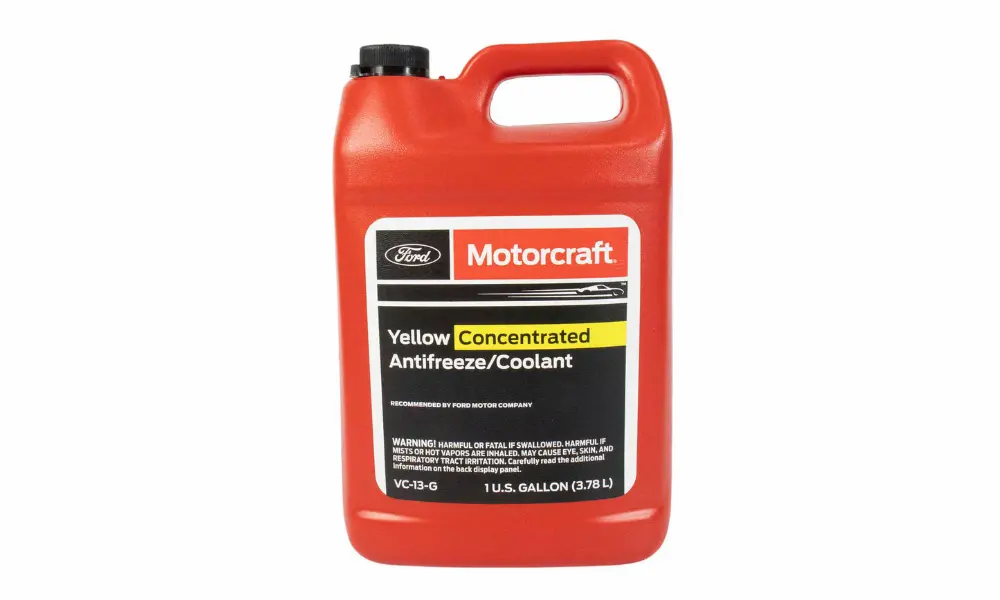Dealing with a “Shift System Fault Service Required” message can be frustrating, but don’t worry—you’re not alone. This message usually means there’s a problem with the shifting mechanism that needs attention, like a faulty bushing or sensor. By understanding the common causes and potential fixes, which include both DIY and professional solutions, you can confidently address this issue and keep your vehicle running smoothly. Keep reading to find out how to solve this problem efficiently.
Understanding Shift System Faults
When your vehicle displays a “Shift System Fault Service Required” message, it means that there’s a specific problem with the transmission or engine systems. Common symptoms and causes can help you identify and address these issues efficiently.
Common Symptoms of Shift System Faults
A shift system fault often comes with several noticeable symptoms. A typical sign is an illuminated check engine light or a “Shift System Fault Service Required” message on the dashboard. You might also experience erratic gear shifting or find the vehicle stuck in a particular gear when trying to drive.
Additionally, the vehicle may fail to start immediately or might require some time to turn on. This is because the system detects an error and goes into a protective mode to prevent further damage. Sometimes, you may notice a delay in shifting gears, which can be frustrating and potentially dangerous if left unresolved.
Paying attention to these symptoms can help identify potential issues before they escalate. It’s essential to address these signs promptly to avoid hefty repair costs and maintain the performance of your vehicle.
Potential Causes for Shift System Fault Service Required
There are several reasons why the “Shift System Fault Service Required” message may appear. A malfunctioning shift solenoid or a damaged transmission sensor could be the culprit. In some cases, low transmission fluid levels can cause problems with the shifting mechanism.
Issues with the electronic control unit (ECU) or a malfunctioning transmission control module (TCM) might also bring about this fault. Heat-related problems can lead to component failures or cause the system to break down, requiring immediate attention.
Other potential causes include a faulty shift cable or solenoid. It’s crucial to diagnose the problem accurately to ensure you receive the correct service and avoid unnecessary repairs. Addressing the root cause efficiently can help restore smooth operation and extend the life of your vehicle.
Service Required: Immediate Steps
When your vehicle displays a “shift system fault service required” message, it’s important to act quickly to avoid further damage. Knowing when to tow your car and how to prepare for a visit to the mechanic can save you time and money.
When to Tow Your Vehicle
If your car shows signs like difficulty in shifting gears or a completely unresponsive gearshift, you might need to call for a tow. Early signs include unusual sounds when shifting or the gear indicator light not turning off.
Do not attempt to drive if the vehicle is stuck in one gear or makes loud grinding noises. A shift system fault may lead to more severe issues if you continue driving. Using a tow service can prevent further damage.
Check if your insurance covers towing or use a service like AAA. Having the car towed directly to your preferred mechanic or dealer ensures they can begin diagnostics as soon as possible. It’s a safer option and can offer peace of mind.
Preparing for the Dealership or Mechanic Visit
Before heading to the mechanic or dealership, gather necessary documents and items. This includes your car’s VIN number, which mechanics use to identify the correct parts your car needs. Bring your key fob as well, since some diagnostics require it.
Take note of any symptoms your car has exhibited, such as error messages, unusual sounds, or changes in handling. Communicate these details clearly.
Consider whether the mechanic or dealer is experienced with your vehicle’s make and model. A specialized place for your car brand might offer a more thorough service. This preparation helps in ensuring prompt and effective repairs.
Ford’s Response to Shift System Faults
When faced with a “Shift System Fault” message, you might wonder how Ford addresses these issues. The company provides solutions through recalls, service bulletins, and warranty options.
Recalls and Service Bulletins
Ford issues recalls and service bulletins to notify vehicle owners of any safety issues or necessary repairs. If you receive a recall notice about a shift system fault, it means Ford has identified a widespread issue and will fix it at no cost to you.
Service bulletins can also be helpful even if a recall hasn’t been issued. They provide guidelines for technicians to diagnose and repair known problems. While service bulletins don’t always mean free repairs, they ensure your mechanic follows Ford’s expert recommendations for fixing the shift system fault.
Warranty and Repair Options
Your Ford’s warranty plays a big role in addressing shift system faults. If your vehicle is under warranty, many repairs related to the shift system fault could be covered. This includes costs for parts and labor. It’s important to check the details of your warranty to understand what is included.
If you’re experiencing this issue and your vehicle is not under warranty, contacting Ford service is still beneficial. They can provide estimations for repair costs and advise whether your vehicle could be towed for service, if necessary. Keeping your records can also make the repair process smoother when dealing with warranty claims or if future recalls or bulletins arise regarding your vehicle.
Model-Specific Shift System Faults
Understanding shift system faults depends on the specific car model. Each model, like the Ford Fusion, Ford Edge, and Ford Maverick XLT Hybrid, has its own unique challenges. These subtopics offer detailed insights into common issues.
Ford Fusion’s Hybrid CVT Issues
If you drive a Ford Fusion, particularly the hybrid models with a continuously variable transmission (CVT), you might encounter shift system faults related to the CVT. Problems here often stem from a faulty transmission sensor or a malfunctioning solenoid.
These parts are critical as they manage how your car shifts gears seamlessly. They depend heavily on electronic systems to work properly. When you run into issues, it’s visible as warning messages on the dashboard. Additionally, low transmission fluid levels can make these problems worse, causing erratic shifting or poor transmission performance. Regular maintenance and checks can help mitigate these issues.
Challenges with Ford Edge Transmission
The Ford Edge can experience shift system faults that are often tied to the transmission sensors and the electronic control unit (ECU). Although not a hybrid, this model uses advanced tech that plays a key role in gear shifting.
Transmission sensors in the Ford Edge are prone to wear over time. Such issues might appear as odd jerking when changing gears or even complete transmission failure. It’s important to pay attention to early warning signs and address them promptly. Updating software and replacing faulty sensors can help prolong the life of your Edge’s transmission system and ensure a smoother driving experience.
Ford Maverick XLT Hybrid Complexities
Driving a Ford Maverick XLT Hybrid introduces its own set of complexities when dealing with shift system faults. This model combines a hybrid engine setup with a more intricate electronic control system.
The hybrid combination can sometimes make identifying faults more difficult, as problems may arise from interactions between different systems. For instance, a shift system fault might appear because of electronic miscommunications. These can occur between the hybrid engine’s CVT, battery management systems, or the powertrain control module. Regular system diagnostics can help you catch early signs of trouble. Keeping an eye on battery health and ensuring all software updates are completed can make sure your Maverick runs efficiently.
Repairing Shift System Faults
Dealing with shift system faults in your vehicle can be daunting, but knowing the right approach makes it manageable. Whether considering a DIY fix or seeking professional help, understanding the components involved—like shift cables and parking brakes—can guide you in choosing the best solution.
DIY Fixes and When to Use Them
For minor issues, you might attempt a DIY repair to save time and money. Start by checking the shift cable. Over time, the cable might become misaligned or damaged, affecting your car’s shifting capability. To fix a loose cable, first locate it under the hood and ensure it is connected securely.
Another area to inspect is the battery cable. If it’s loose, it can interfere with the vehicle’s electrical systems, including the shift system. Re-tightening it might solve the issue.
Using the parking brake while diagnosing any problems can keep the vehicle steady during repairs. Remember, if the repair involves removing any components, it might be wise to document the process to ensure everything is reassembled correctly.
The Role of Professional Mechanics
Sometimes, it’s best to seek a professional mechanic to deal with complex faults. They have the expertise to handle intricate repairs like replacing a worn-out shift cable or a damaged arm within the shifting mechanism.
Professionals can also diagnose issues not immediately visible, such as electronic faults or hidden mechanical problems. Mechanics use specialized tools to pinpoint the exact problem and often offer a warranty on their repairs, adding peace of mind.
When the problem involves several interconnected systems, like the cable affecting both the shift mechanism and the parking brake, professional help ensures every part works harmoniously after the fix.

